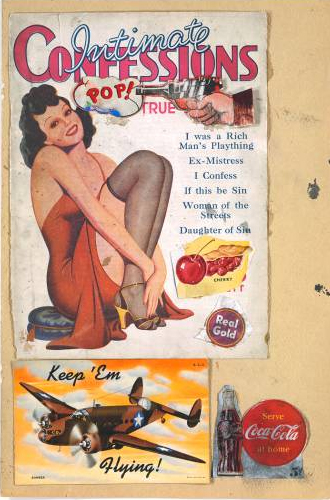Andrew Graham-Dixon on the Independent Group at the ICA and 'Plastics Age' at the V & A
WELCOME to the Fun House. Robbie the Robot is here, or at least his cardboard surrogate, recreating his leading role in The Forbidden Planet. He bears a swooning, scantily clad blonde in his arms (Anne Francis, if memory serves) while nearby an outsized replica of a stout bottle reminds you that Guinness is good for you and a cut-out Marilyn Monroe continues to be amused as her dress billows courtesy of a street-level ventilation grille. Come on in and there's a chance to sample more of the delights of modernity, circa 1956, in all their cornucopian richness: thrill to the feel of spongy rubber flooring underfoot; gasp at the visual wonders of ''the optical illusion corridor''; marvel at the spinning ''rotoreliefs''. You've never had it so good.
The Fun House is the centrepiece of ''The Independent Group: Postwar Britain and the Aesthetics of Plenty'', at the ICA. This is a convoluted, nostalgic affair, a journey back to the beginnings of Pop Culture. The Fun House 1990 is a recreation of the Fun House 1956, which was part of the main exhibition for which the Independent Group - a loose formation of artists, architects, writers and others centred on the ICA - has been remembered. While every care has been taken to replicate the original Fun House (the only thing missing is the strawberry air-freshener said to have been emitted when visitors trod on said rubber floor) it has been changed, inevitably, by the passage of time. What was seen, then, as the shape of things to come, has become the stuff of Fifties memorabilia boutiques. This is yesterday.
Visions of the future always go out of date (Orwell's 1984 was changed forever when...


